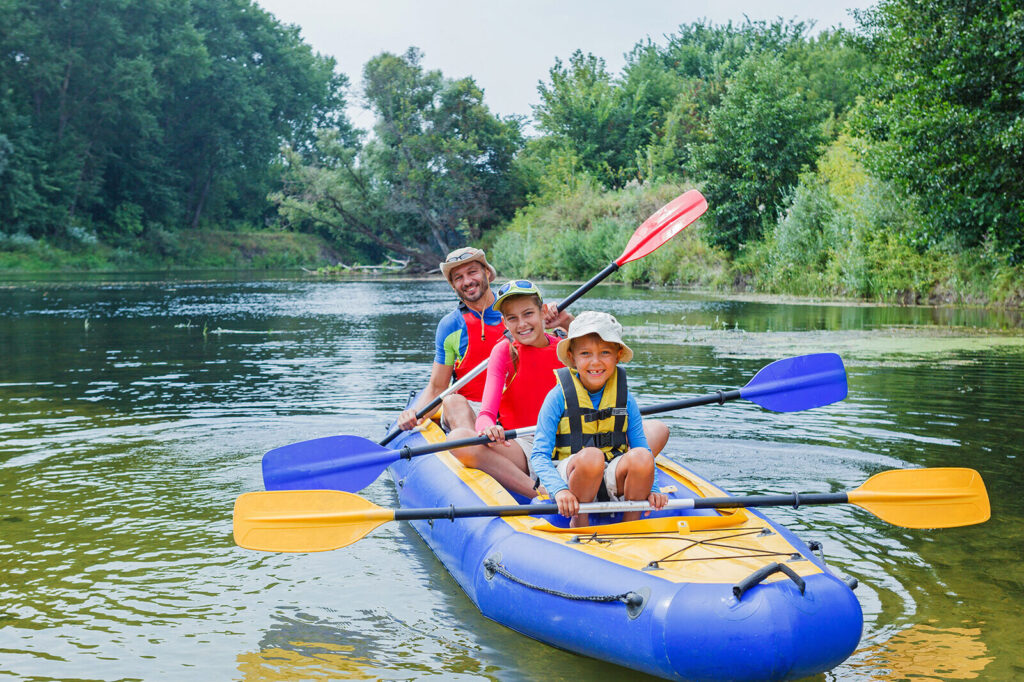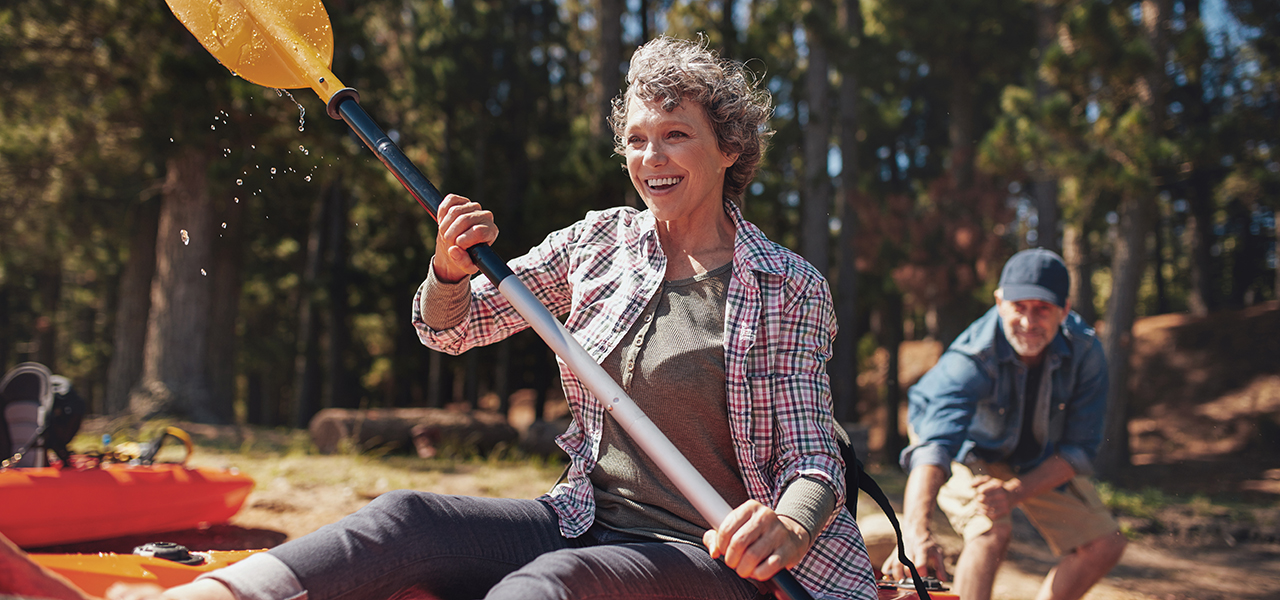NIACC’s DiscoverU is offering a variety of kayaking and canoeing classes this summer. Both activities are the perfect way to immerse yourself into the great outdoors. Breathe in the fresh air, feel the gentle breeze blow gently across the water, and soak up all that spectacular Vitamin D.
In today’s society, where screens are prevalent in every aspect of life, it’s the perfect way to unplug and relax in nature. The real question isn’t, should I take this class?
The real question is, which class should I take?
For those not familiar with either form of water transportation, here’s the 411.
Canoes were made and developed thousands of years ago by the Native Americans. The first canoes were made by hallowing out large tree trunks and were solely used for hunting and fishing expeditions.
That is, until someone likely challenged their mate to a race.
Nowadays, there are local and even national competitions for canoe racing.

Kayaks were invented by the native people of Arctic North America. We can trace the roots of kayaking as a mode of transportation to people living in this region. The first kayaks were made from wooden frames covered in sealskin. The fiberglass kayaks came on the scene in the 1950s and were all the rage until polyethylene plastic was invented in the 1980s.
Now that we know a bit of the history, we can’t help but wonder… which is better?
It’s a common argument amongst outdoor enthusiasts, actually. Each have an extensive list of pros and cons in a variety of categories. One surefire way to know which is best for you is to try them both and then decide.
A good question to begin with is: What is your purpose?
Identifying your purpose for use will help decide on a kayak or canoe. Are you fishing? Racing? Going down rapids? Or out to enjoy the great outdoors on one of the fantastic waterways in North Iowa?
For those unable to give each option a shot, here is a short rundown of a few characteristics of kayaks and canoes.
Kayaks:
- Are great for beginners because they are easier to paddle.
- Track better in the water thanks to the two-headed paddle.
- Are highly versatile and can handle both calm and open/rough water with ease.
- Are typically lighter and easier to transport alone.
- Maneuver easier due to their shorter length and lower weight.
- Protect you from the elements and help you stay dry.
- Include a bit of storage.
Canoes:
- Are more stable and less likely to tip over.
- Are easier to enter and exit.
- Are capable of carrying a lot of gear.
- Give you a better view of your surroundings.
- Are comfortable and provide ample legroom.
- Can git multiple paddlers.
- Are great for traveling with kids and pets that want to get in and out of the water.
If you are a beginner, it might be a good idea to start with learning to kayak. In fact, the beginner-friendliness is a great reason to take up the hobby. Whether you’re looking to simply peruse the open water or get in a low-impact workout, kayaking has something to offer everyone.
By no means does this mean you shouldn’t give canoeing a try, though.
You just never know. You might fall in love with them both!
Check out all of the summer 2023 DiscoverU offerings and sign up for the monthly E-newsletter, so you never miss a class again!











